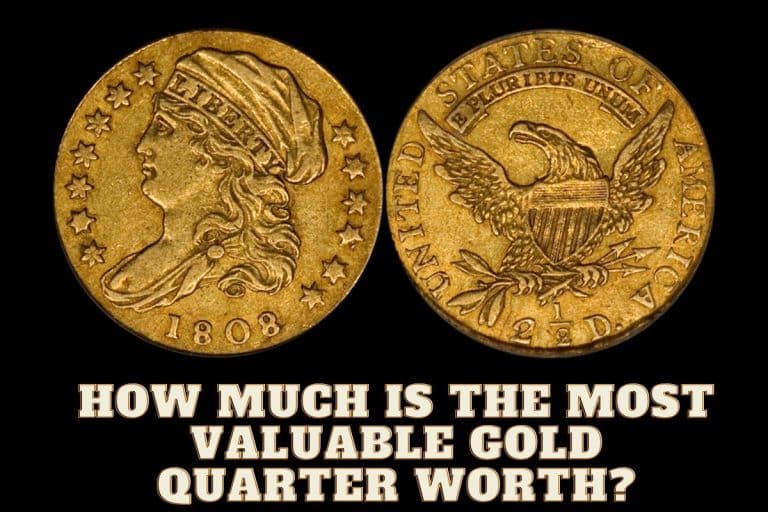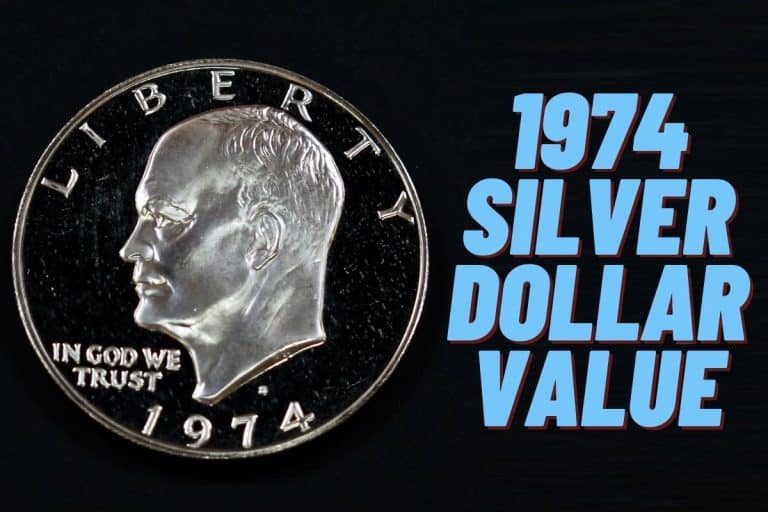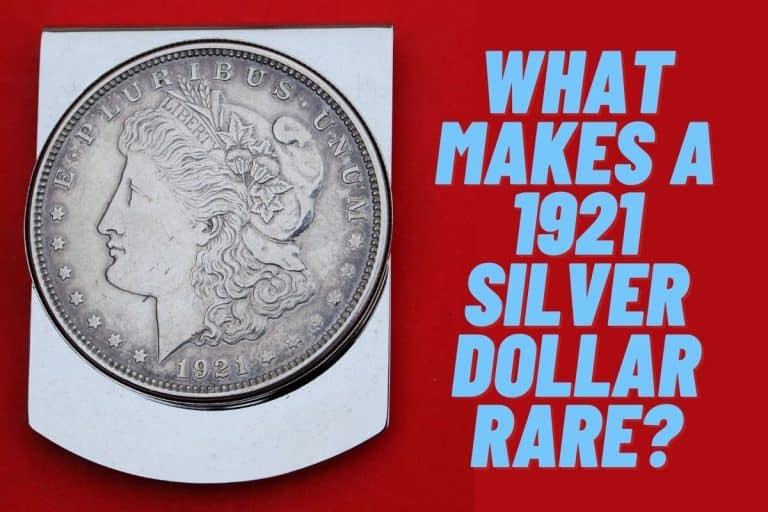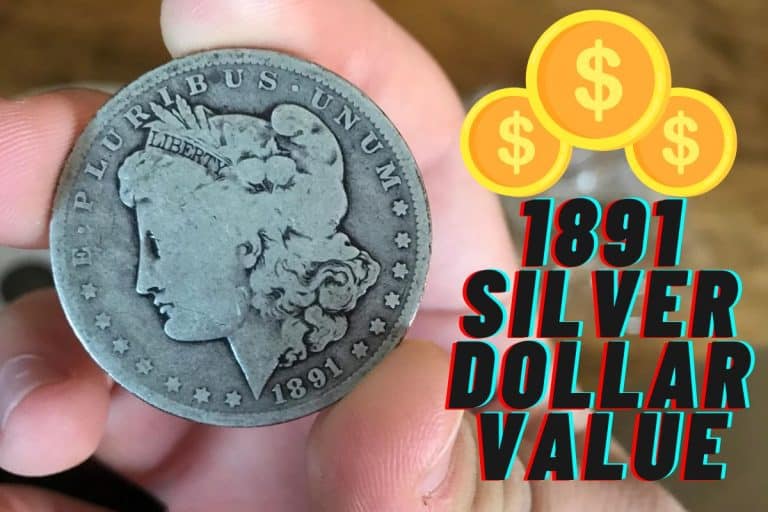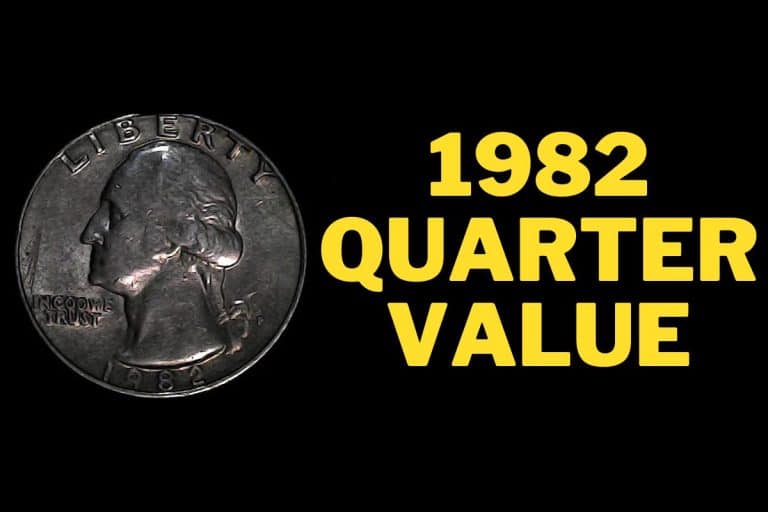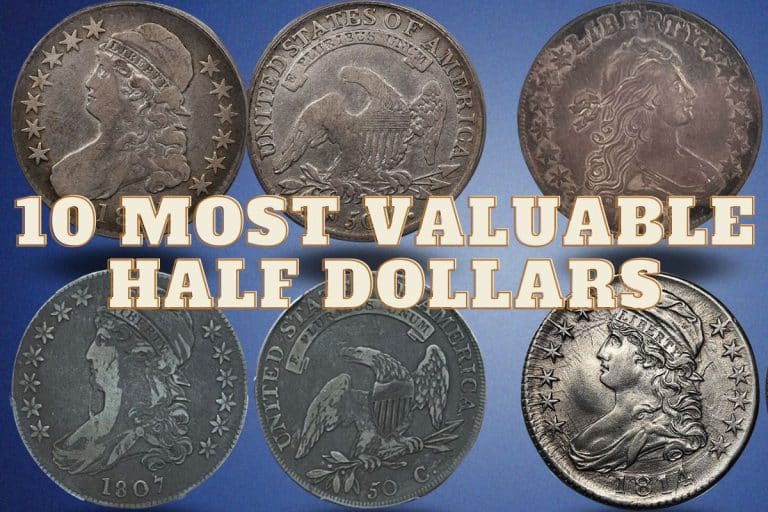You may want have a better understanding of the value of authentic Bicentennial silver dollars and how to make informed purchases or auctions. In this article, we will provide tips on identifying genuine Bicentennial Silver Dollars and determining their worth.
Since the US founding, silver has been a highly valued resource in the country for various purposes, including currency, jewelry, and wealth storage. In 1976, the United States celebrated the 200th anniversary of the Declaration of Independence, a significant moment in the country's history.
1776 to 1976 Silver value dates back to the time the United States American Revolution Bicentennial Commission issued a coinage to commemorate the country’s independence.
All that was done with the blessing of the then president of US, Richard Nixon on the advice of the House Committee on Banking and Currency. Here’s everything you need to know regarding 1776 to 1976 Silver value.
What Are 1776 to 1976 Silver Dollar Coins?
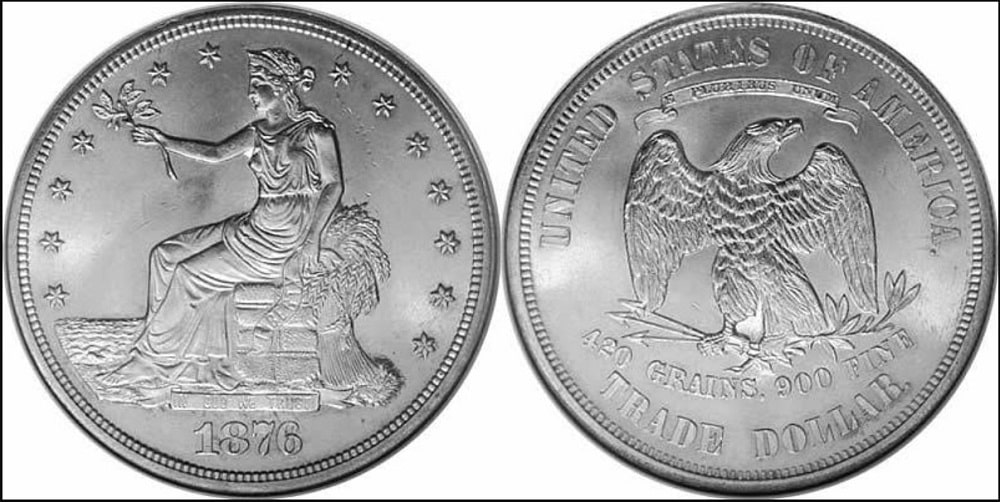
The Bicentennial Silver Dollar is a commemorative coin that was released in 1976 to celebrate the 200th anniversary of the United States Declaration of Independence.
These coins were made of silver and featured a unique design created by Dennis R. Williams and two other winners of a design contest. The prototypes of the Bicentennial Silver Dollar coins were ceremoniously struck at the Philadelphia Mint on August 12, 1974.
Purpose of the Silver Dollar coins
So why were these Bicentennial Eisenhower Dollar coins minted, in the first place? Turns out, the real reason these coins were produced was for collectors. Yes, that is right. They were struck to be sought after by collectors. That’s unlike the reason why currencies are usually produced; for everyday business transactions.
What Is the Value of A 1776 to 1976 Silver Dollar?
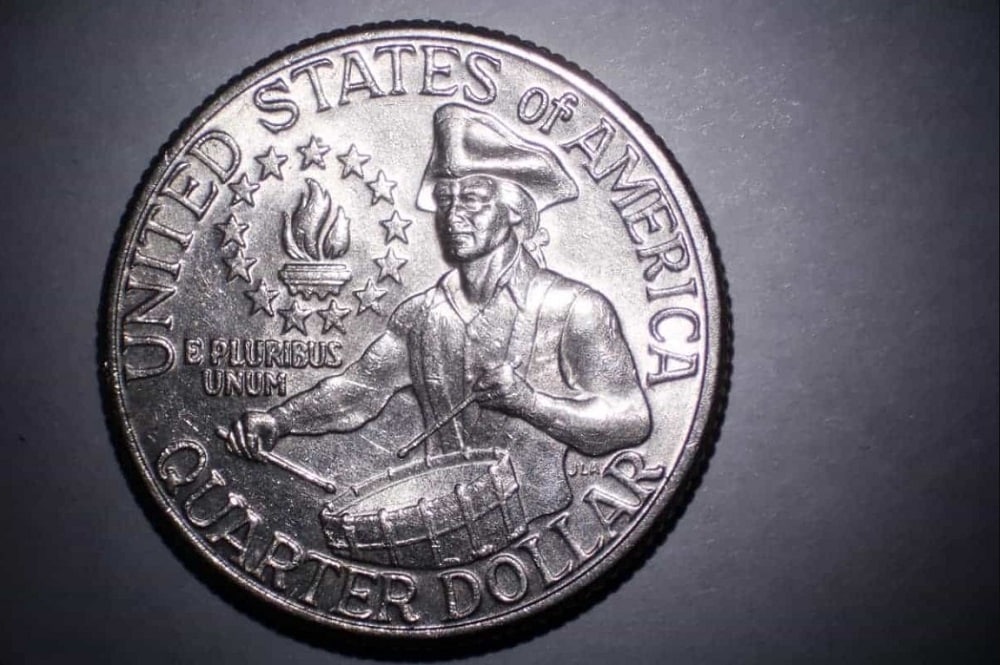
The value of a 1776-1976 silver dollar might vary based on its current condition, among other factors. At a minimum, the coin is worth its weight in silver which, as of December 2022, was $7.24 based on the current silver spot price of $22.90 per ounce. Here are some documented values of the 1776 to 1976 Silver Dollar, depending on its condition:
- In choice uncirculated condition (MS 63), the standard 1776-1976 silver dollar is worth around $19.
- This price increases to around $24 in gem uncirculated condition (MS 65).
- The 1776-1976 proof silver dollar is worth around $20 in PR 65 condition, with a total of 4,000,000 proof coins minted.
Note that the value of these bicentennial silver dollar coins isn’t static. It keeps fluctuating time and again depending on the current market value of collectible coins and silver metal.
How Do You Determine to Value of 1776 To 1976 Silver Dollar?
The price of Bicentennial silver dollar coins ranges from a few dollars to over a thousand dollars, depending on several factors. Here, we’ll uncover various elements worth considering when appraising the coin’s value:
- Silver Melt Value: The silver melt value of a Bicentennial silver dollar coin is determined by the current market price of silver. If the price of silver is high, the coin’s silver melt value will be higher.
- The Coin’s Grade And Condition: The grade and condition of a coin can significantly impact its value. A coin that is in excellent condition and has been graded by a reputable third-party grading service such as the Professional Coin Grading Service (PCGS) or the Numismatic Guaranty Corporation (NGC) will typically be worth more than a coin in poor condition or one that has not been graded.
- Error Coins: Error coins, or coins with mistakes made during the production process, can be highly valuable to collectors.
- The Coin Set: Bicentennial silver dollar coins were often sold in sets, which can also impact their value. A complete set with all four designs (the Philadelphia, Denver, and San Francisco Mints each struck the coins in 1976) may be worth more than individual coins.
- Dealer Stock: The availability of Bicentennial silver dollar coins in dealer stock can also affect their value. If a particular coin is in high demand but not widely available, it may be worth more.
Brief History of The 1776 to 1976 Silver Coins
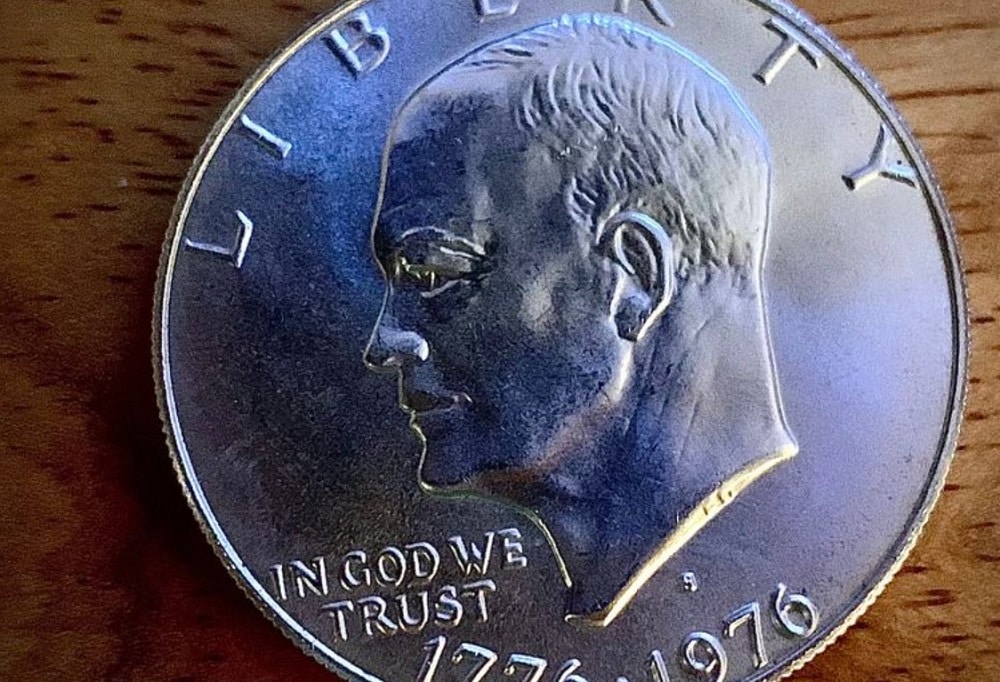
Before minting the Bicentennial coins, the U.S. Treasury Department held a design competition from which the best design by Dennis R. Williams of Columbus College of Art and Design was settled through a competitive process. And for the design work of the reverse image of the Bicentennial Dollar, William won $5,000.
The Silver Coins minted between 1776 and 1976 are among the most sought-after treasures by collectors. Like all coins, the worth of these bicentennial dollar coins is pegged on their rarity and condition.
Where the 1776-1976 Silver Dollar Coins Were Minted?
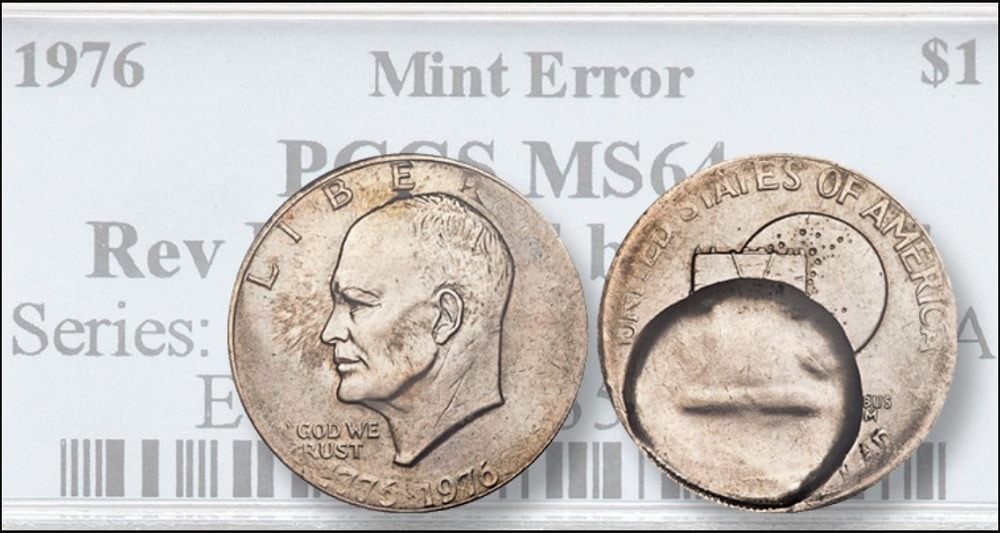
San Fransisco Mint
The 1776-1976 Silver Dollar coins were primarily made in the San Francisco Mint for collectors. These coins were produced in various denominations and compositions, including silver-clad and copper-nickel clad. A total of 45 million silver Bicentennial coins were minted in San Francisco, including 11 million uncirculated sets and 4 million proof sets.
Denver Mint
Some of the 1776 to 1976 Silver dollar coins were minted in Denver. It's noteworthy that some of the coins from this mint have a unique error. Together with the fact that not many of these coins were produced from this mint, some auctioneers are on record as having sold some of these rare Denver coins for thousands of dollars.
Unlike the San Fransisco minted Silver dollar coins which were purposely meant for use as collectibles by collectors, the Denver mint coins were for commercial use.
How to Determine the Authenticity of the 1776 – 1976 Silver Dollar Coin?
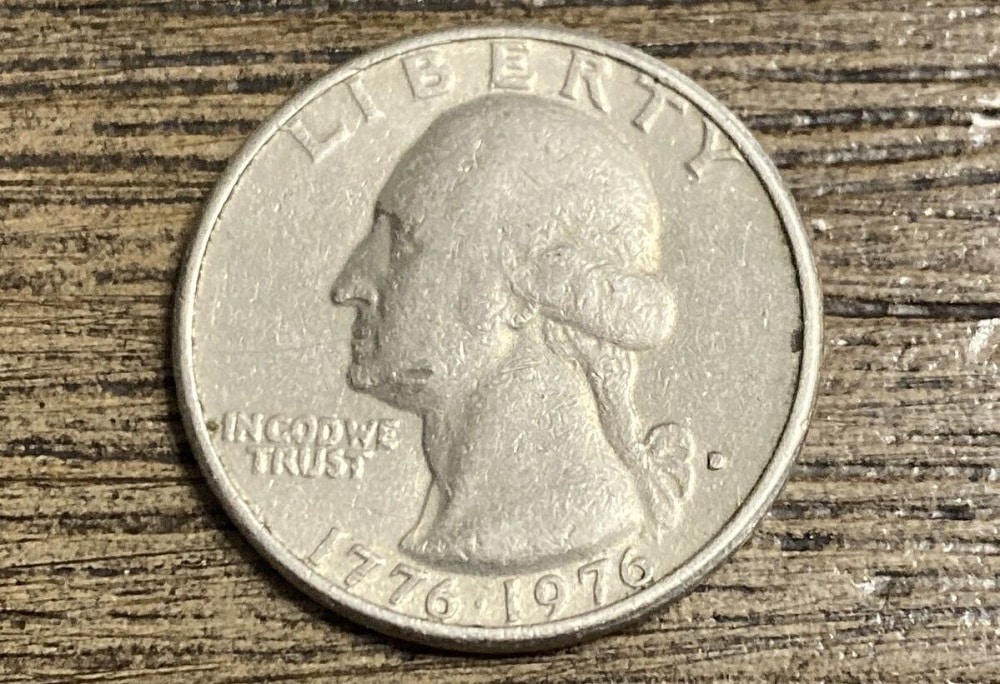
The determination of the authenticity of the 1776 to 1976 Silver Dollar coin is based on the identification of particular features. Some of these include:
- The portrait of the president on the obverse side
- Image of an eagle with wings spread out on the reverse side
- Also worth noting is the minting location of these coins
- Checking the mint mark on the coin
The prototypes of these coins were struck in the Philadelphia Mint and exhibited at an American Numismatic Association convention in 1974.
Also worth mentioning is that the coins for general circulation and collection were minted between 1975 and 1976.
What Errors Are Common With Bicentennial Coinage?
There are a number of die errors common on bicentennial coinage. Some of these include:
- Die errors: these types of errors occur in the process of minting. They result following misalignment of the minting dies thus resulting in the appearance of numbers, letters, or images in doubles, triples, or quadruples. Die errors are of two types:
- Quadruple Die Obverse (QDO) and Double Die Reverse (DDR)
- Varieties: this type of error occurs when the casting die surface is compromised by a crack or a blemish which is then transferred to numerous coins before the error is unidentified and fixed. Examples of varieties include S over D mint marks.
- Double denomination errors: in this type, the stamping of the coin is done on a planchet of the wrong size.
- Off-center coin errors: in this type of error, the images and letters on the coin appear only on a part of the coin.
Coins with the above 4 types of errors aren’t worth much, despite them being very visually appealing.
- Strikethrough tape error: This is an example of a distinct type of bicentennial coinage error where a part of the coin is concealed with tape.
- 80% Double strike error: In this type of distinct error, the second stamp appears to overlap at the bottom from and top back of the coin.
- Strikethrough reeding error: In this type of error, the rim details appear on the obverse instead of the reverse side of the coin.
- Defective clad error: In this type of error, part of the upper layer of the coin has peeled off during the process of minting.
- Spivack error: this type of error is very rare. It occurs on silver-proof coins with no mint mark.
Valuable Bicentennial Coinage Errors
Of all the errors enlisted above, only a few are valuable in terms of their current market value. For instance:
- Strikethrough tape & strikethrough reeding errors have a market value of between $500 and $1500.
- Double denomination errors can fetch more than $5,000
- Denver clad coin error: the most expensive error on record with one minted on silver San Francisco planchet selling for a whopping $8,000.
What Makes the 1776 To 1976 Silver Bicentennial Dollar So Special?
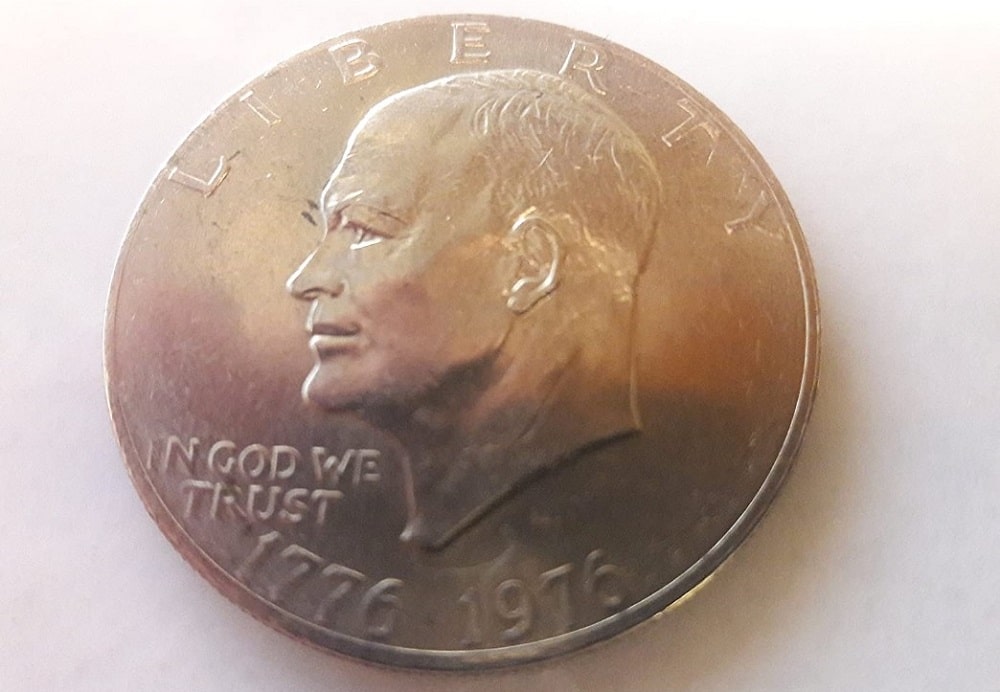
The 1776 to 1976 Silver Bicentennial Dollar is a special coin because of its unique features and historic significance. Here are some defining features of the Silver dollar value:
Design and Images:
The obverse side of the coin features a portrait of George Washington, the first President of the United States, while the reverse side depicts Independence Hall in Philadelphia, where the Declaration of Independence was signed.
Coin’s Captions:
The obverse side of the coin includes the inscriptions “Liberty,” “In God We Trust,” and the dates “1776-1976.” The reverse side includes the inscription “United States of America” and the motto “E Pluribus Unum.”
Metal Composition
The composition of the Bicentennial silver dollar is another key feature that sets it apart from other coins. While most modern U.S. coins are made of a combination of copper and nickel, known as “clad,” the Bicentennial silver dollar is made of 90% silver and 10% copper.
This makes it a valuable coin not only for its historical significance but also for its precious metal content.
Mintmark
This refers to a small letter symbol that indicates where the coin was minted. The Bicentennial silver dollar was produced at three different mints: Philadelphia, Denver, and San Francisco. Each mint used a different mintmark, with Philadelphia using a “P,” Denver using a “D,” and San Francisco using an “S.”
Design Quality and Appearance
Original Bicentennial silver dollars should have a high level of detail and clarity in the designs and inscriptions and be free from scratches, dents, and other imperfections.
Mintage Purpose
The Bicentennial silver dollar was minted to celebrate the 200th anniversary of the United States and was only produced for a limited time, making it a rare and sought-after coin.
How Do You Know If Your 1976 Eisenhower Dollar Is Silver?
One way to determine if your 1976 Eisenhower dollar is made of silver is to examine the coin's edge. The edge of a clad Eisenhower dollar will have a solid copper stripe, while a 40% silver coin will have a solid silver stripe.
How to Check the Edge Of Your Coin
To check the edge of your coin, you will need a magnifying glass or a loupe. Hold the coin with the obverse (front) facing up and the reverse (back) facing down. Slowly rotate the coin, looking at the edge as it spins. If you see a solid copper stripe, then you have a clad Eisenhower dollar. However, if you see a solid silver stripe, then you likely have a 40% silver coin.
It's important to note that not all 1976 Eisenhower dollars were made of silver. In fact, the majority were made of copper-nickel clad, with only a small percentage being made of silver.
Bottom Line
The value of the 1776-1976 Silver Dollar coin can vary based on its condition, with mint-condition coins being the most valuable. These coins were primarily made in the San Francisco Mint for collectors, with a total of 45 million coins being minted.
It is important to recognize the unique features of these coins and their minting location in order to determine their authenticity. While they are not considered rare, the 1776-1976 Silver Dollar coins hold a special place in American history and are highly sought after by collectors.

